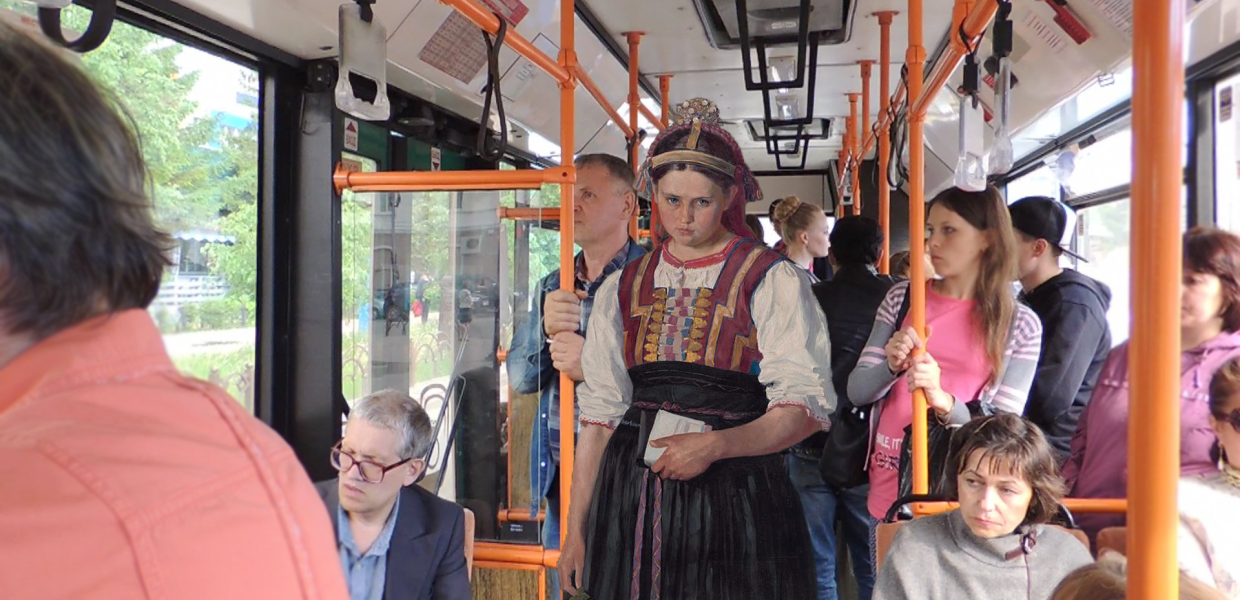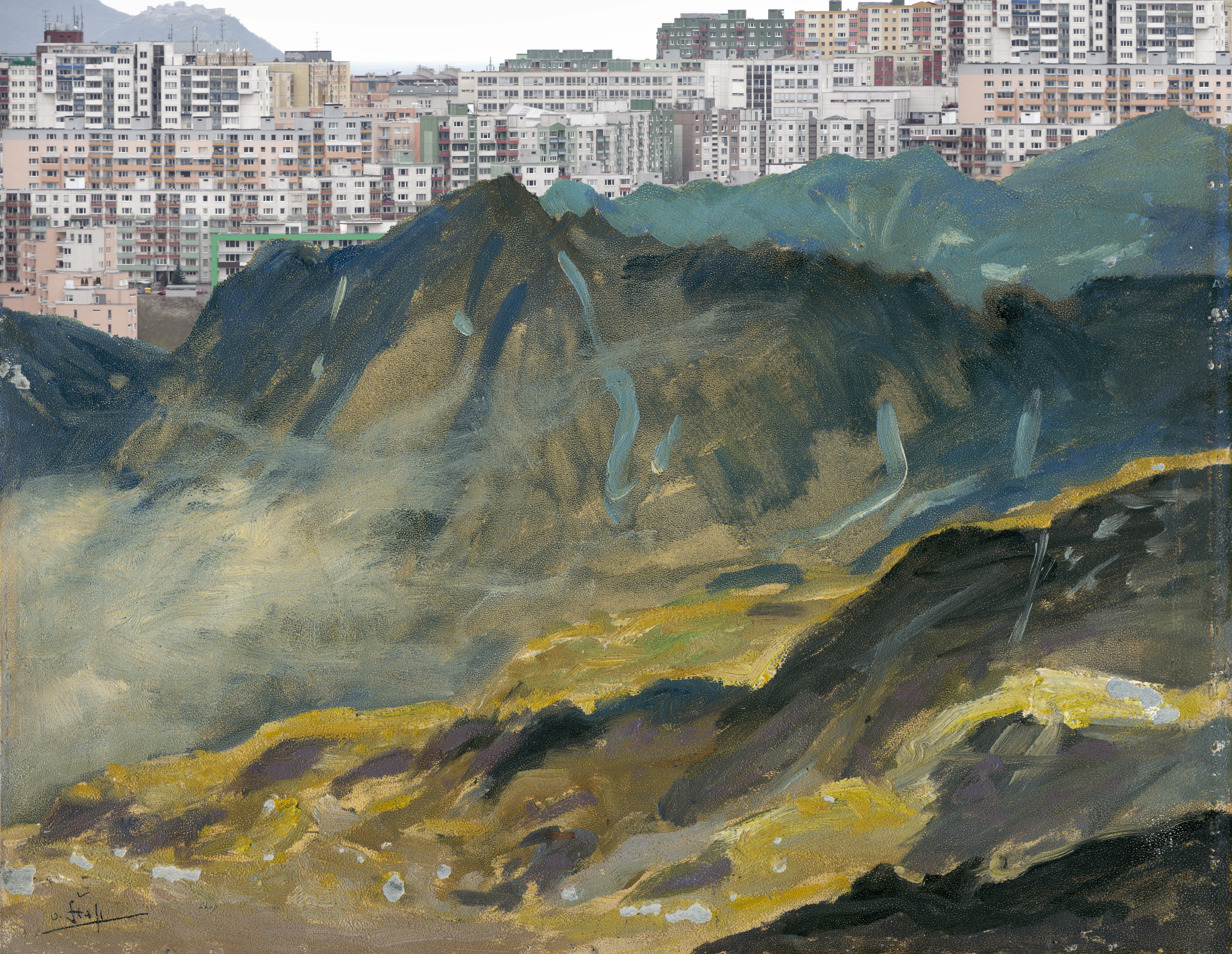Creative reuse and open access at the Slovak National Gallery
Michal Čudrnák tells us how openly licensed collections and creative reuse help the Slovak National Gallery reach new audiences.

- Title:
- Remix of Za frajerom, 2017
- Creator:
- Alžbeta Halušková
- Date:
- 2017
- Copyright:
- Public Domain
Since 2015, the Slovak National Gallery (SNG) has released high-resolution images of its collections into the public domain. What inspired this policy?
While working on the online catalogue of artworks from Slovak collections four years ago, we were closely following the pioneers of open access in the GLAM sector. It seemed natural to us to release images of public domain artworks without restrictions. As a public institution, our mission is to safeguard the artworks and to make them accessible to the public. Why would we restrict usage, if there is no legal reason to do so, and when the revenue from licensing the digital images – at best – only covers the administrative costs?
When advocating for the public domain release, we were fortunate to be supported by our Director, senior management and colleagues. At first we used the Creative Commons NonCommercial-ShareAlike licence, but we soon changed it to Public Domain because the non-commercial statement created unnecessary restrictions and complexity.
SNG recently ran an Art Remix contest to inspire the creation of new works using images of its collection. Why did you do this?
Opening up digital collections is an important first step but it’s crucial to let people know what can be done with the images. To get the message out, it’s not enough to simply display the Public Domain logo – you should actively encourage people to use images, whether to print a T-shirt or make a Photoshopped collage. So together with the Sensorium Festival, we circulated a call asking artists and creatives to remix the artworks.
How did the contest turn out?
Looking at the contest results, we can see traces of current cultural trends and aesthetics – Snapchat portraits, iPhones inserted into paintings and so on. The young people who submitted most of the pieces projected their world onto the artworks. Even after the contest had finished, the remixing went on, such as these Face-Apped historical portraits.
Our aim was not to get new artworks into the SNG collection, but to make our public domain artworks a natural part of the web. As well as providing several access points to the images – be it Web umenia, Europeana, Wikipedia or Google Arts & Culture – it's vital for them to become the raw material of creative reuse and to embed them in collective consciousness. This is similar to how well-known artworks in the analogue print era, endlessly reproduced in books and magazines, became part of daily life and shared culture.
How do projects like Art Remix relate to the Gallery’s mission?
They are a natural extension of the Gallery’s mission to be an open institution. This is expressed in the way that colleagues curate and interpret artworks, how they engage with the public and the extent to which our institution becomes a part of the city.
A large part of our main building in Bratislava has been closed since 2001 because of its deteriorating condition, so opportunities to exhibit artworks have been limited. I think this has resulted in a more creative approach to curating, designing and marketing exhibitions and to presenting the collections online. It has also blurred the conventional distinction between online and offline activity.

Patrik Baláž, 2017 remix of View from Rysov, Public Domain
What else have you been doing in this area?
There are some nice examples of artworks being used by designers and makers to create products, such as a T-shirt adorned with an image from The Tales of Doggie and Moggie by the painter and writer Josef Čapek (brother of Karel Čapek). Children from the post-war generation in former Czechoslovakia grew up with this book and its original illustrations (part of our collection) are well-known. A local company approached us about creating the T-shirt, a year before the works entered public domain. Now that anyone is free to download the images, we hope that similar reuse will follow.
Europeana publishes almost 10,000 high-resolution and public domain images from SNG. How does partnering with Europeana benefit the Gallery?
Europeana has a very good following and audience in the cultural sector, be it professionals or the general public. When Douglas recently promoted the Gallery’s collection on Twitter, I was pleased by the response and by the fact that a lot of people picked and tweeted artworks they liked: one person working on disability studies shared a painting titled Blind Joe, another tweeted a Sleeping Dog on the occasion of World Sleep Day. These simple but telling examples show that we need different channels/platforms to get the public domain artworks to different communities.

